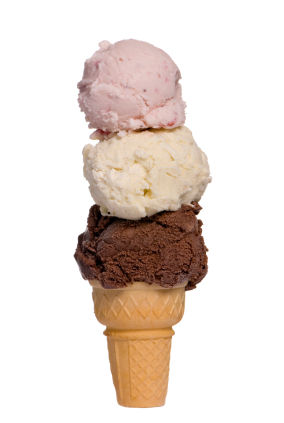
Recently I have renewed my acquaintance with a favorite side dish, Harvard Beets. They are a favorite of mine, the sugar & vinegar mixture that elicits a sweet and sour flavor, with a hint of cloves and smoothed with a dab of butter. It is one of life's culinary delights.
But the name has always mystified me. So I did some research, and as with many food terms, the history is not conclusive as to the origin of the side dish. Two anecdotes prevail. One story has it that they were served 3 centuries ago in an English tavern named Harwood's and that a Russian emigre who worked there eventually made his way to America and opened his own restaurant in Boston and called the dish "Harwood Beets" in honor of his former place of employment. But with his accent it sounded more like "Harvard Beets" to the locals, and subsequently the name stuck. A more colorful account states that the color of the beets mimicked the crimson football jerseys of the Harvard football team and so the nickname.
Either way they are a wonderful and colorful addition to any dinner table. Here is the recipe you can follow if you click on the highlighted word.









































